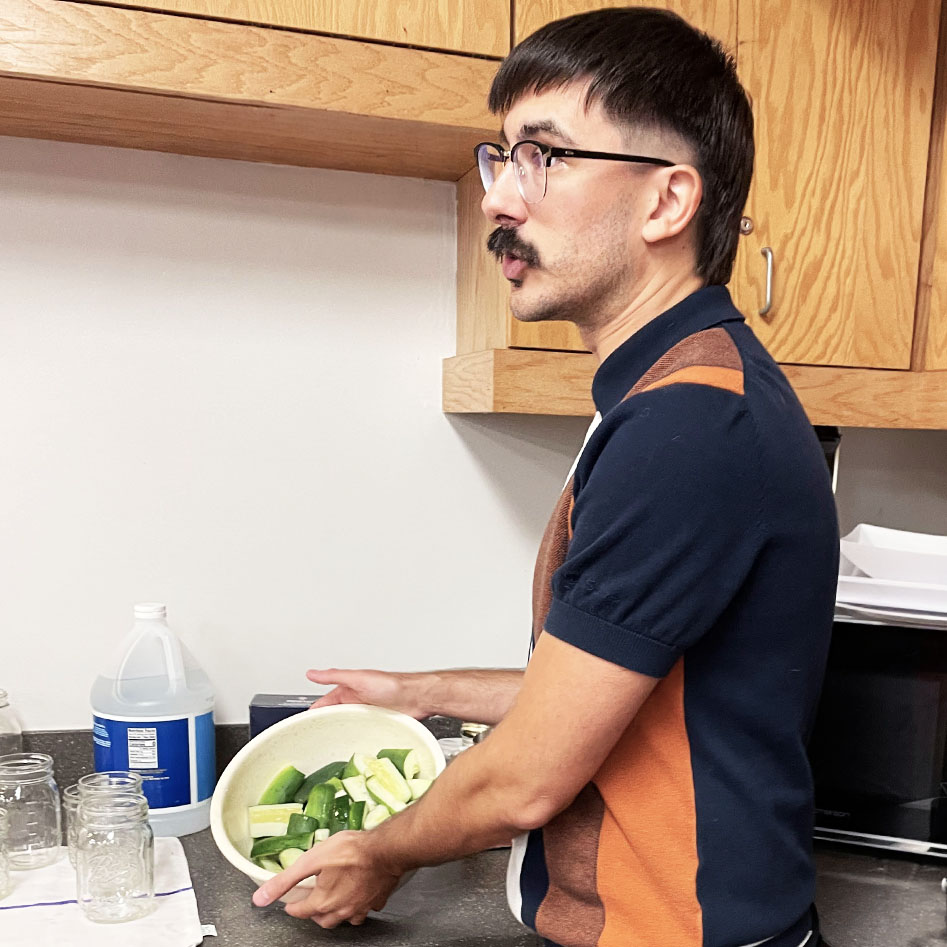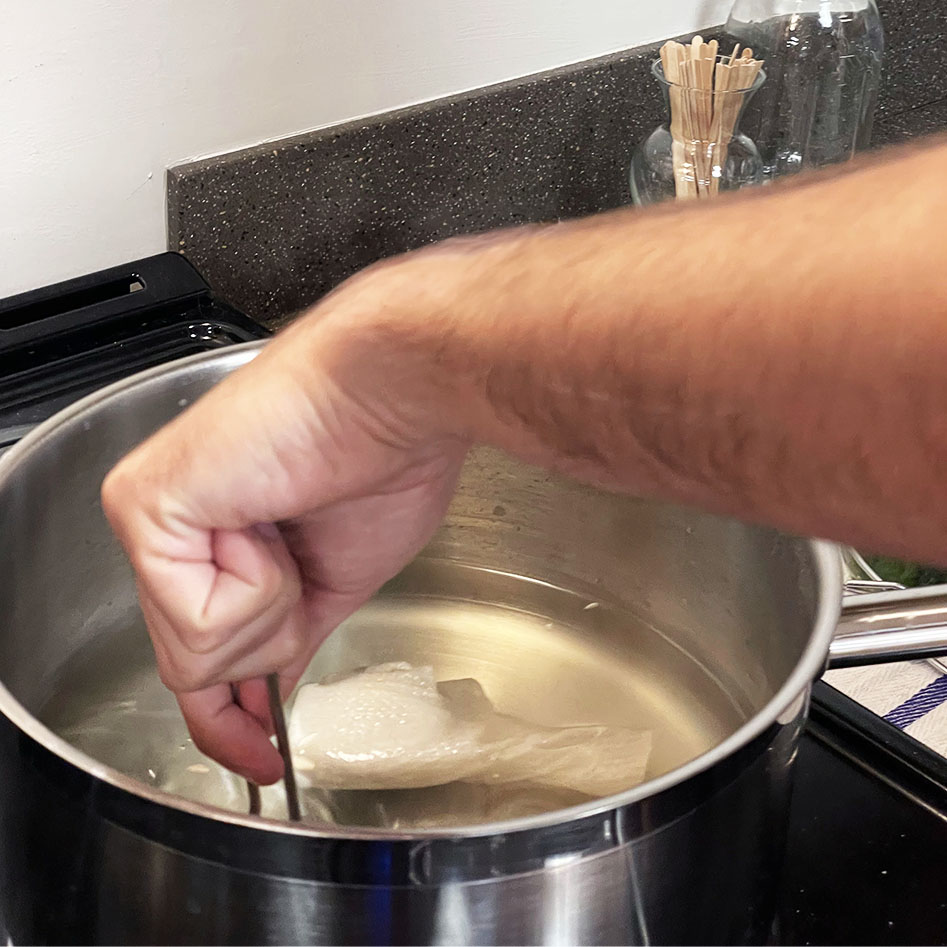Quick Fresh Pickles Recipe!
go.ncsu.edu/readext?1021599
en Español / em Português
El inglés es el idioma de control de esta página. En la medida en que haya algún conflicto entre la traducción al inglés y la traducción, el inglés prevalece.
Al hacer clic en el enlace de traducción se activa un servicio de traducción gratuito para convertir la página al español. Al igual que con cualquier traducción por Internet, la conversión no es sensible al contexto y puede que no traduzca el texto en su significado original. NC State Extension no garantiza la exactitud del texto traducido. Por favor, tenga en cuenta que algunas aplicaciones y/o servicios pueden no funcionar como se espera cuando se traducen.
Português
Inglês é o idioma de controle desta página. Na medida que haja algum conflito entre o texto original em Inglês e a tradução, o Inglês prevalece.
Ao clicar no link de tradução, um serviço gratuito de tradução será ativado para converter a página para o Português. Como em qualquer tradução pela internet, a conversão não é sensivel ao contexto e pode não ocorrer a tradução para o significado orginal. O serviço de Extensão da Carolina do Norte (NC State Extension) não garante a exatidão do texto traduzido. Por favor, observe que algumas funções ou serviços podem não funcionar como esperado após a tradução.
English
English is the controlling language of this page. To the extent there is any conflict between the English text and the translation, English controls.
Clicking on the translation link activates a free translation service to convert the page to Spanish. As with any Internet translation, the conversion is not context-sensitive and may not translate the text to its original meaning. NC State Extension does not guarantee the accuracy of the translated text. Please note that some applications and/or services may not function as expected when translated.
Collapse ▲We had a Water Bath Canning Demonstration at our N.C. Cooperative Extension, Wake County Center!
Water Bath Canning is one of the two forms of Food Preservation called “Canning.” Water Bath Canning is appropriate for foods with a high acid content or that have acid added to them, such as:
- Pickles
- Jams
- Jellies
We followed this recipe from the National Center for Home Food Preservation from the University of Georgia.
Ingredients:
- 8 lbs of 3- to 5-inch pickling cucumbers
- 2 gallons water
- 1¼ cups canning or pickling salt
- 1½ quarts vinegar (5% acidity)
- ¼ cup sugar
- 2 quarts water
- 2 tablespoons whole mixed pickling spice
- About 3 tablespoons whole mustard seed (2 tsp to 1 tsp per pint jar)
- About 14 heads of fresh dill (1½ heads per pint jar) or 4½ tablespoons dill seed (1½ tsp per pint jar)
Yield: 7 to 9 pints
Instructions:
- Prepare the Cucumbers:
- Make the Pickling Brine:
- Fill the Jars: .
- Pack the drained cucumbers into clean pint jars
- Add 1 teaspoon mustard seed and 1½ heads of fresh dill (or 1½ teaspoons dill seed) to each pint jar.
- Pour the boiling pickling solution over the cucumbers, leaving ½ inch of headspace.
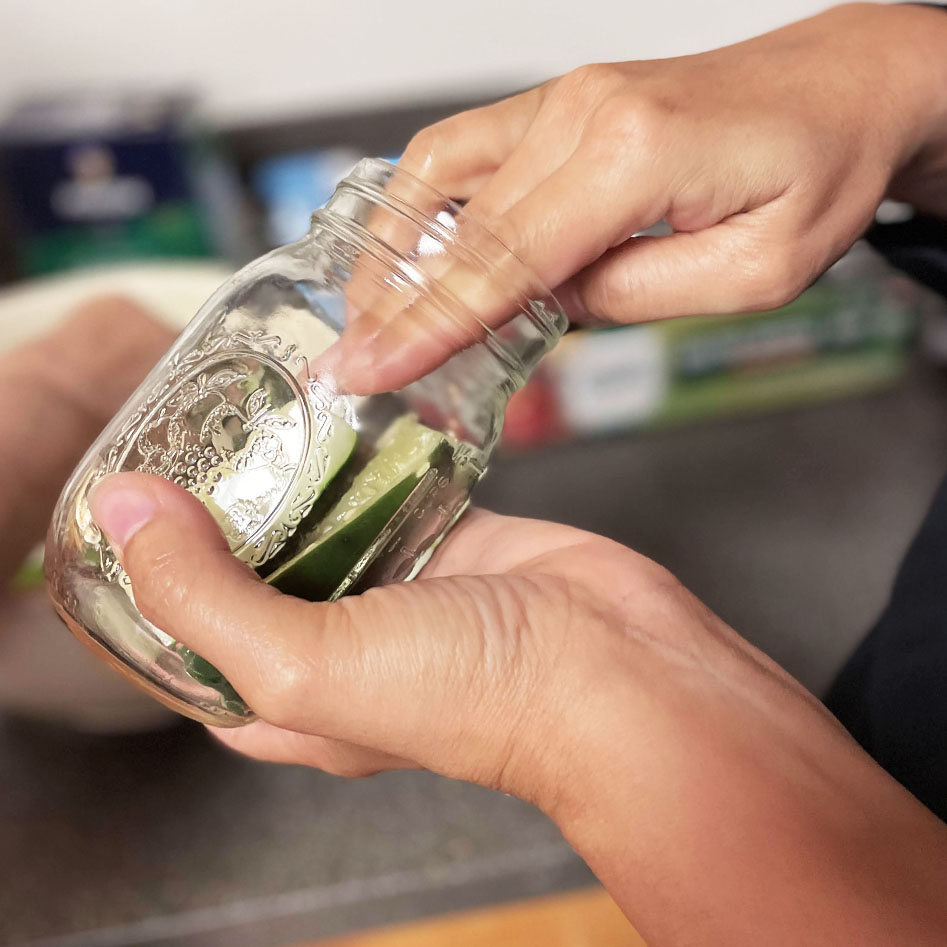
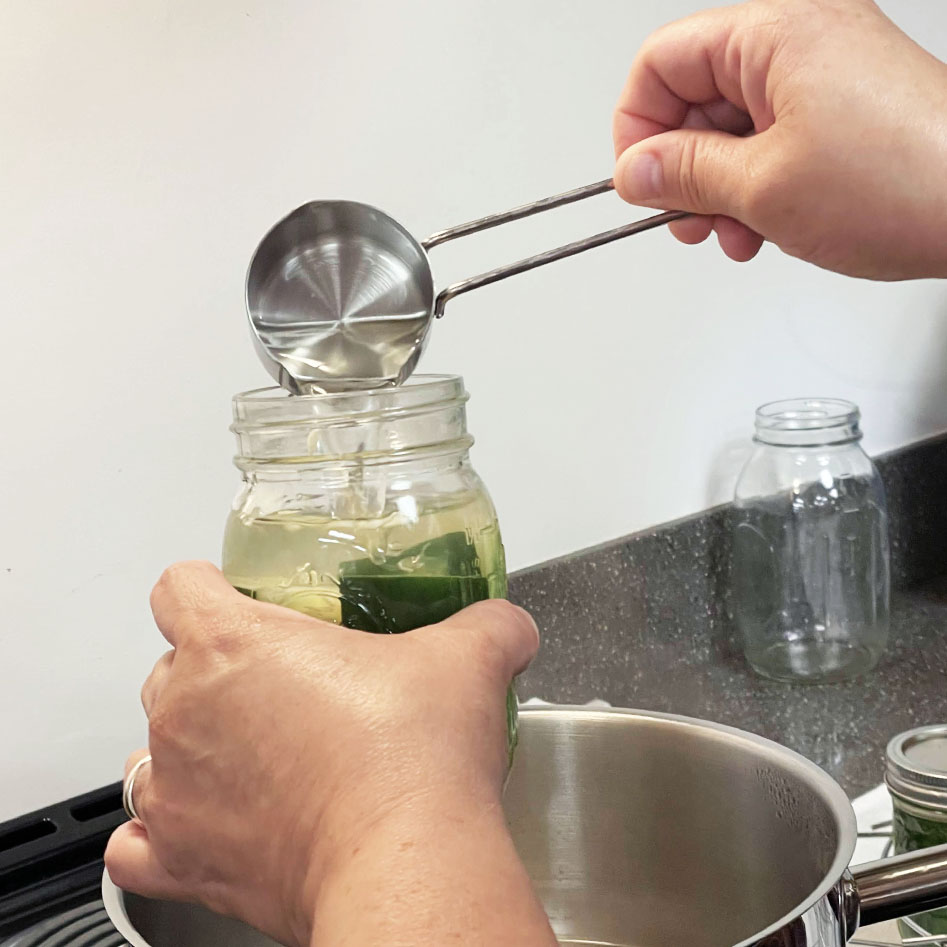
- Seal and Process the Jars:
- Adjust the lids on the jars according to the manufacturer’s instructions.
- Process the jars in a boiling-water canner according to the times listed in Table 1 below or use the low-temperature pasteurization treatment.
- For low-temperature pasteurization, follow specific guidelines for holding the jars at 180°F to 185°F for the recommended time.
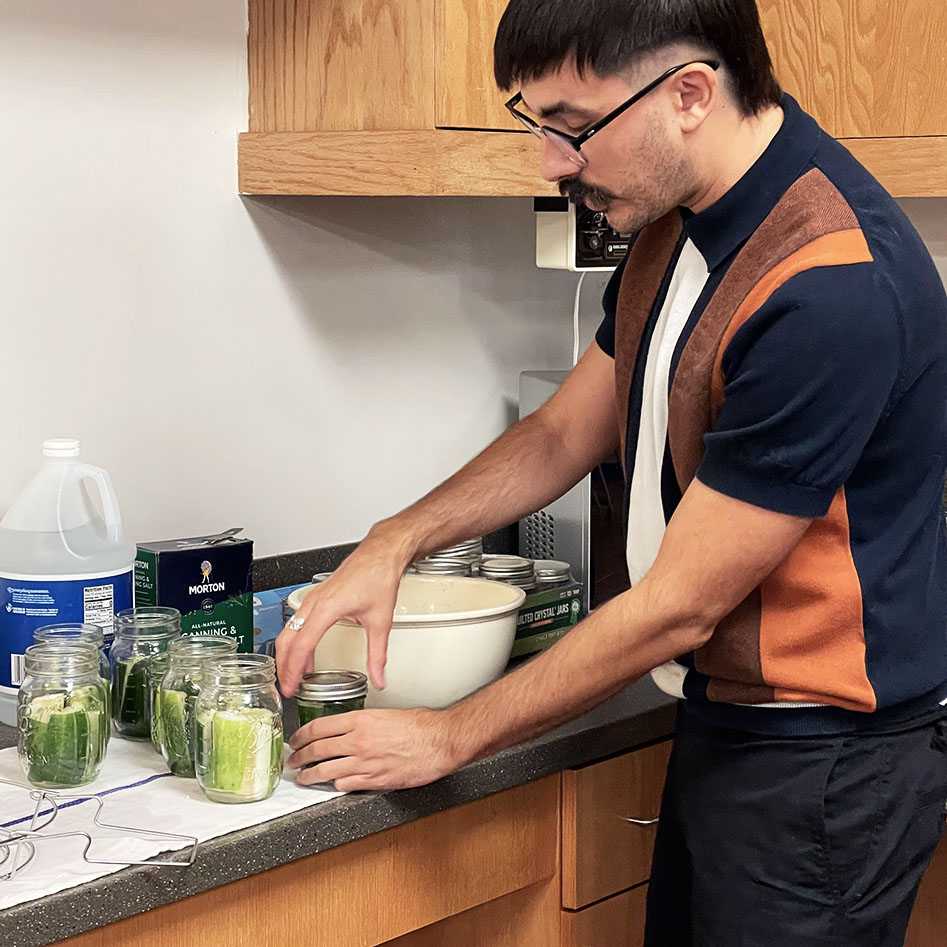
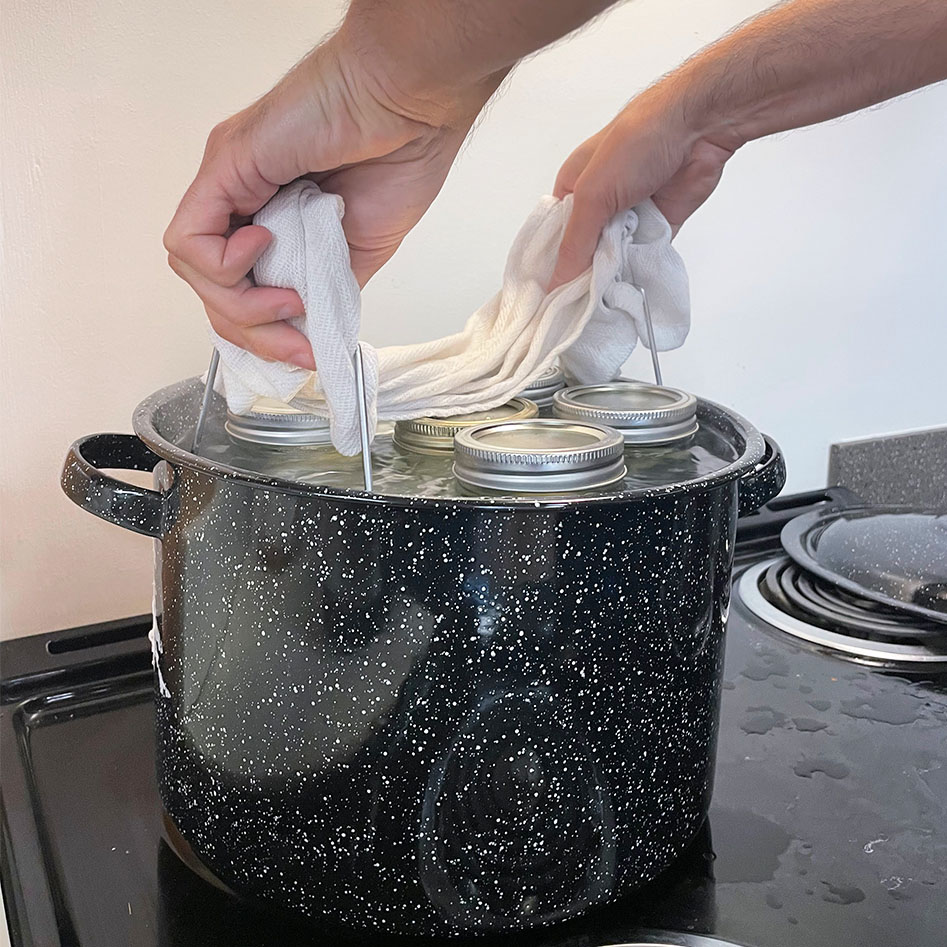
Table 1: Recommended Processing Time for Quick Fresh-Pack Dill Pickles in a Boiling-Water Canner
| Style of Pack | Jar Size | Process Time at Elevations of |
|---|---|---|
| 0 – 1,000 ft | ||
| Raw | Pints | 10 min |
| Raw | Quarts | 15 min |
Notes:
- Boiling-Water Canner: Be sure to read the guidelines on using a boiling-water canner before beginning.
- First-Time Canning: If this is your first time canning, it is recommended that you familiarize yourself with the Principles of Home Canning.
Enjoy your homemade quick fresh pickles!
Interested in getting into home food preservation? Check out this page from NCSU Extension which covers the basics and has great links to other useful guides!
Reach out to Trevor Hyde at tphyde@ncsu.edu to see when the next demonstration day is happening in Wake County!





